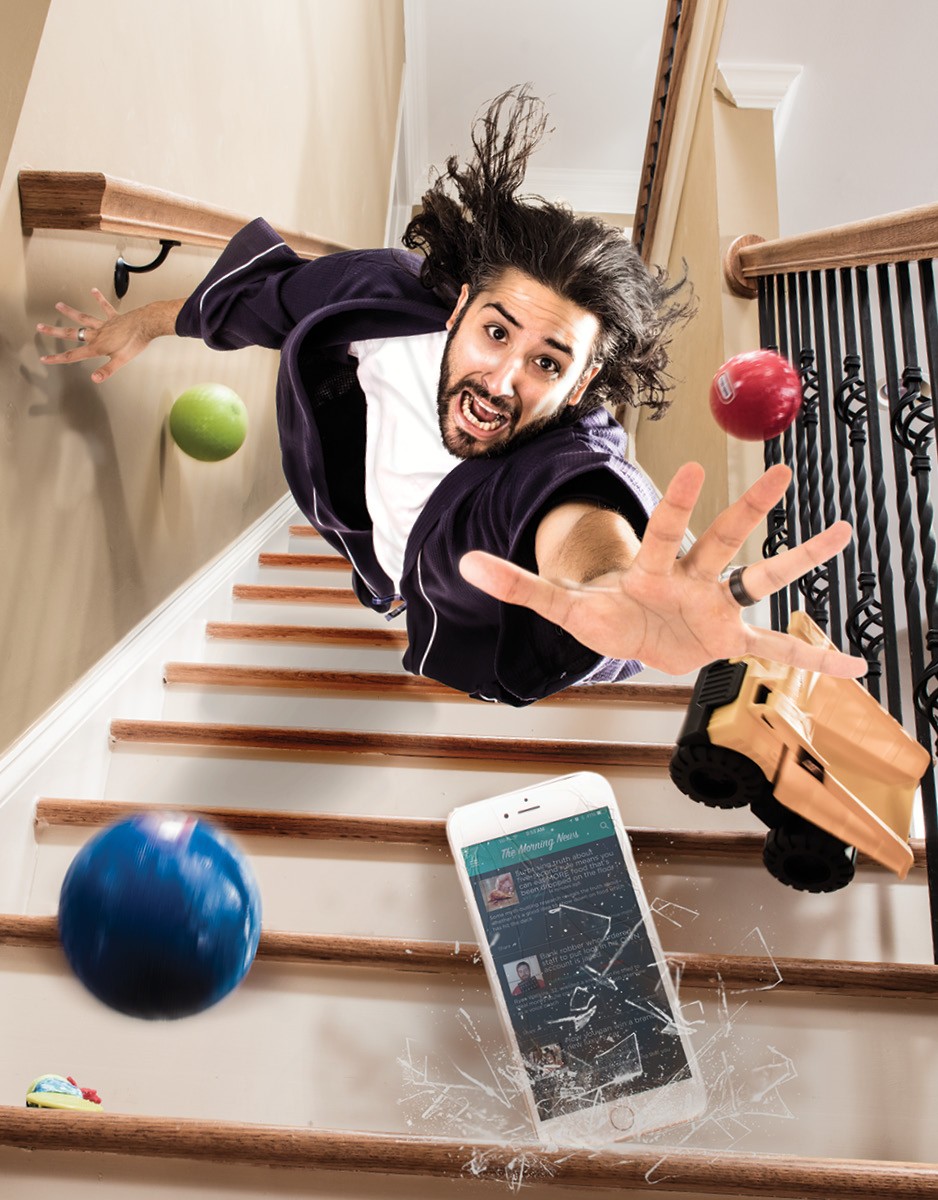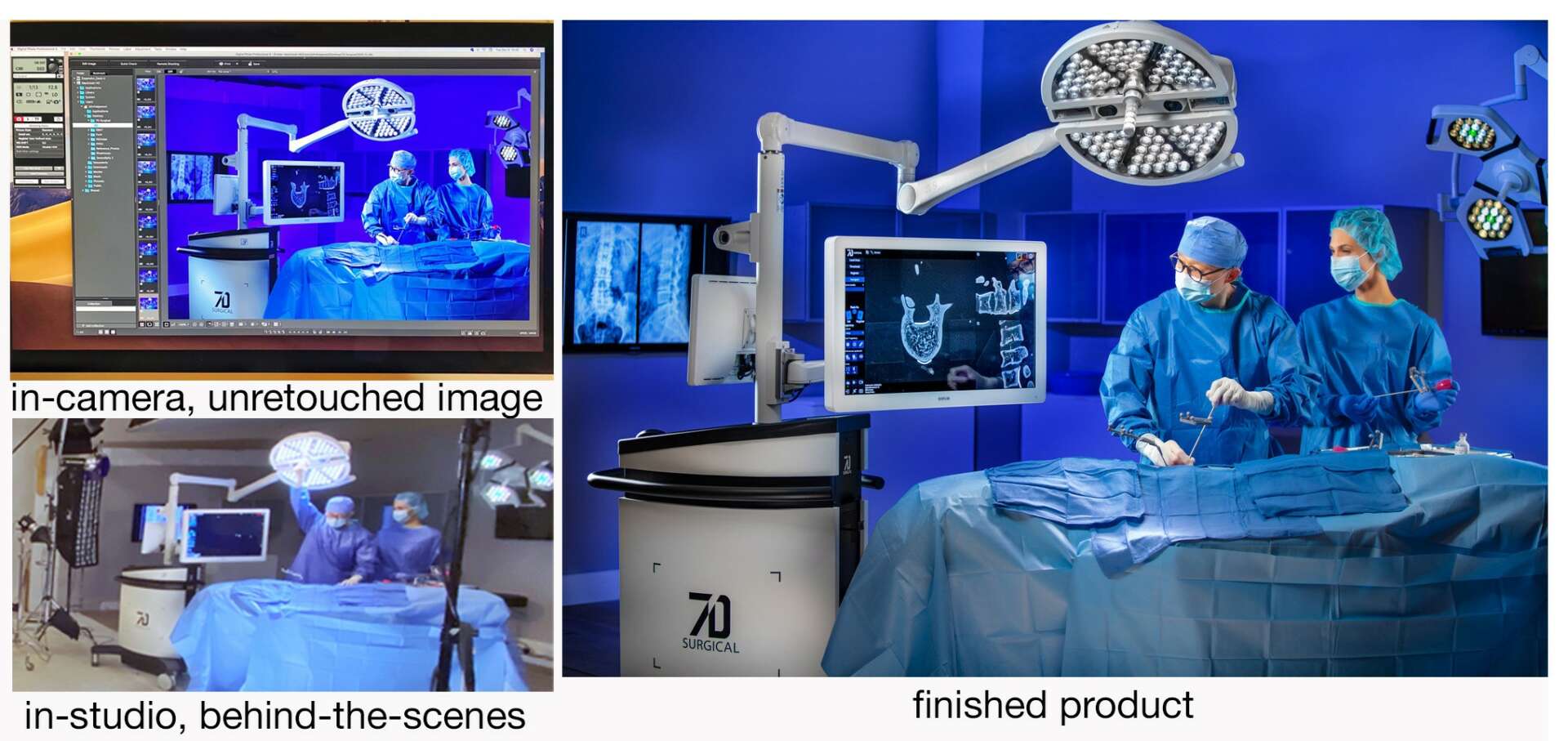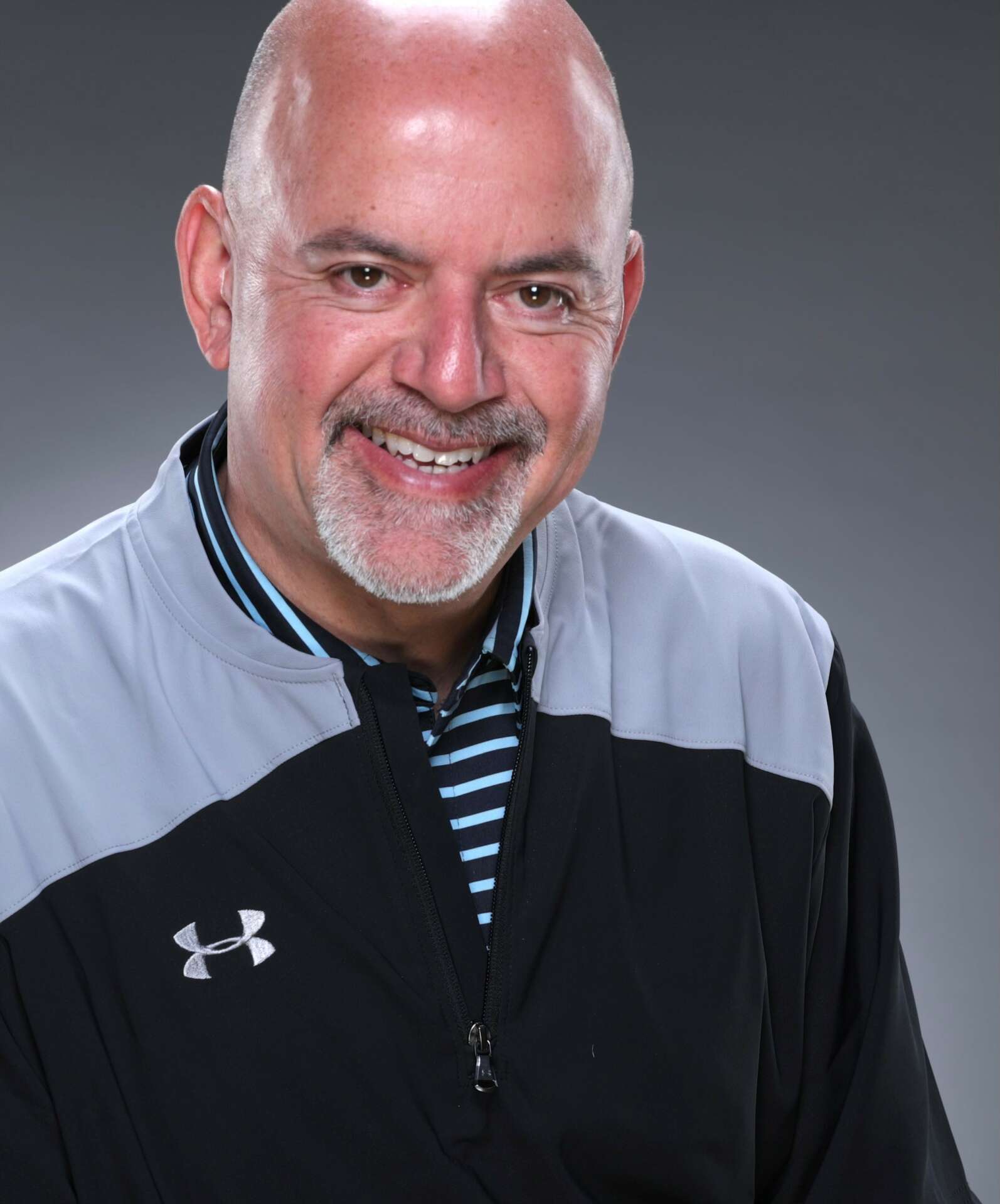We recently connected with John Haigwood and have shared our conversation below.
Hi John, thanks for joining us today. Owning a business isn’t always glamorous and so most business owners we’ve connected with have shared that on tough days they sometimes wonder what it would have been like to have just had a regular job instead of all the responsibility of running a business. Have you ever felt that way?
In 2008, I thought about choosing another career because the economic collapse was crushing the studio. I usually go by the motto, the harder I work, the luckier I get, but that year, the luck seemed to run out no matter how hard I worked. I decided to stick it out with the studio, and I am very happy I did. When the movie industry started in Georgia, I briefly considered applying to be a set photographer. The problem is that after you own a business and run it to your standards, it is difficult to accept someone else’s standards for your work. I will take more time than I am paid for to get the job just right for the client, but if I am working on a set, that will be more difficult.
My job is always different; no two days are ever the same. I am working with different clients, different products, and different locations. To me, the benefits are worth the worry of being a small business owner.


John, before we move on to more of these sorts of questions, can you take some time to bring our readers up to speed on you and what you do?
In 1988, after studying at the Art Institute of Atlanta, I decided to turn my passion for photography into a career and founded Haigwood Studios. In 2000, I moved to 565 South Atlanta Street in the Roswell Historic District, and I have been fortunate to count among my clients Home Depot, Medtronic, Epps, Popeyes, Biolyte, WSB-TV, Morgan Stanley, Microsoft, Apple, Chick-Fil-A, and Coca-Cola. Through my career, I have focused on mastery of subject, composition, and the subtleties of light and color. Since my childhood, I have been a visual thinker, and my father impressed upon me the importance of details and dedication to excellence.
Haigwood Studios is a premier commercial photography studio with a specialty in architecture, product photography, medical shoots, drone photography, corporate headshots, and set construction. One of my proudest moments was being chosen by the Obama White House to photograph their delegation for the Trans-Pacific Partnership. Being chosen by CBS to photograph for the lead ins and outs for the 2021 Masters Tournament is also a highlight of my career.
I love to create long lasting relationships; some of my clients have been with me for 30 years which is quite an honor. I look forward to providing photography services in the Atlanta area and nationwide for years to come.
What’s a lesson you had to unlearn and what’s the backstory?
Growing up, I was taught by my frugal and extremely wise parents to save everything and keep things until they were practically falling apart. However, in my profession, I had to unlearn this childhood lesson so that I could let go of equipment that still had value and which cost a great deal of money so that I would evolve with the constantly changing technology in my field.
One example of this lesson occurred in 1998 when I decided to go digital, and I was the first studio in Georgia to do so. Going digital meant I had to unlearn film. A company mailed me an example of a digital picture, and I could not believe the quality. I started investigating the cost, and it cost $60,000 back in 1998 to change over to digital – which would include the digital camera (3 megapixels) and the printer. When I compared that cost to the $5000 I spent every month in lab fees, it wasn’t that difficult to make the decision – unlearn film and go digital. It was a relief to get rid of the lab bill, and the photoshoots went so much faster. It did bother me though that I was no longer using the equipment that still had value. Childhood lessons stick with you.
Before, my camera had a film canister and a Polaroid canister, and I would constantly be swapping them. I could go through 10 Polaroids before getting ready for the first shot. The images took a minute to develop, then show the client, swap it out, and go again. Imagine how long that took to do a shoot! Not to mention the cost of the Polaroid which was quite pricey. Since that time, I have been committed to staying on top of the new technology. I recently bought a camera for 360 virtual tours which is so valuable to my clients in construction, architecture, and realty. Watching YouTube videos, constantly searching for what is new, and studying always keeps me looking for the best so that I remain competitive and fresh, and when I trade up for a new piece of equipment, I remind myself that I didn’t build the broadest portfolio in the Atlanta area by being conservative on equipment.



Any stories or insights that might help us understand how you’ve built such a strong reputation?
I always want to exceed expectations. I always say someone somewhere is paying a good price for bad photography. I want to offer the best photography at a competitive price. I have the desire to improve on what I did for my clients last week, last month, last year.
When I look back at 30 years in this business, I believe my personal code of “excellence everyday” helped build my reputation and maintain it. Through years of study, I am technically proficient, but more than that, I am blessed with a talent for seeing details and being able to visualize people, products, an office building, a house, in a creative way. I recognize that to my clients, these products whether a candle they created or an airplane – they are someone’s “baby” and as we all know, everyone thinks their baby is the cutest. So, my job is to present their product or their building or themselves in the best manner possible. If one of my clients is not pleased with their photoshoot, I tell them they do not have to pay for it. Thankfully, in all my years in this business, I have never had to fulfill that guarantee.
Throughout this field, I have developed a reputation for lighting and composition. I study it, improve upon it, and love learning more. When Arby’s hired me to travel to NYC and photograph their Times Square location, I was so honored because I know there were thousands of photographers in NYC they could have hired instead. I love traveling to clients. When I hear a client say my work brought so much value to their product, and saved them money in the long run, it makes me so happy. I think people sense the sincerity and see the quality, and that makes them feel they got a great value.
Also, I try to have fun with my clients, realizing we live in a stressful world, and these photoshoots are important to their company. It can be very stressful, but I do my best to take some of the angst out of the day. I value every single person who utilizes my services from the individual who needs a headshot for LinkedIn, to the aspiring actor, to the construction project manager, to the billion-dollar companies. I care enough about them to tell my clients difficult truths. I don’t want to take money from someone who is not ready to effectively market their product. I tell people what they might not want to hear, but what they need to hear before they spend money needlessly. I won’t take a job just to take a job. I have told countless customers they need to repackage or market before they incur the photography costs.
So, what built my reputation and maintained it? Talent and honesty combined with truly caring for each one of my clients. Also, when I think about my attention to detail, I go back to my upbringing and realize the very things that I may have resented my parents making me do back in my formative years are the things which made me a successful small business owner in an extremely competitive market. Cutting the grass on a hot summer day, working in the garden, weeding, taking care of the chickens and bees, those were the chores which are valuable, but inside those chores, were the lessons in detail – my father had an exceptional view of detail. In addition to cutting the grass, you had to cross hatch it. Weeding didn’t mean just breaking off an item; it meant making sure you got the roots. Everything my father did made me a better photographer because he taught me to see the details in every part of a job.
Those chores also helped me develop a work ethic which gets me up at 4 a.m. to drive for an architecture shoot to capture the early morning best light or work late for the best night light and every hour in between. I go beyond the time limit I am paid for just to make sure I have the right image for the customer. Sometimes my customer will say, that is good enough, but I don’t settle for good enough. If my eye sees that it can be improved on, I’m going to make sure it is. I never get tired of my work; I’m grateful to have a career I still love after 30 years of doing it.
Contact Info:
- Website: haigwoodstudios.com
- Instagram: https://www.instagram.com/haigwoodstudiosatl/
- Facebook: https://www.facebook.com/search/top?q=haigwoodstudios.com
- Twitter: https://twitter.com/search?q=haigwood%20studios&src=typed_query
- Youtube: https://www.youtube.com/channel/UCrGQzRNnzlHbOPNRpq0N_7Q
Image Credits
Haigwood Studios



1 Comment
Melanie Haigwood
Wonderful article about my husband, John! That you Canvas Rebel for sharing some of John’s thoughts about his 30 year career in photography!